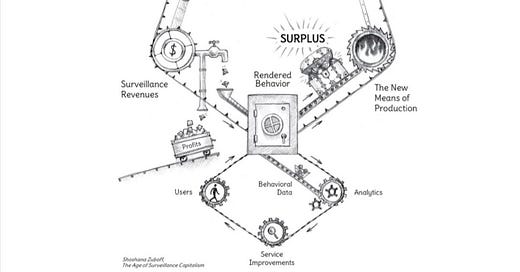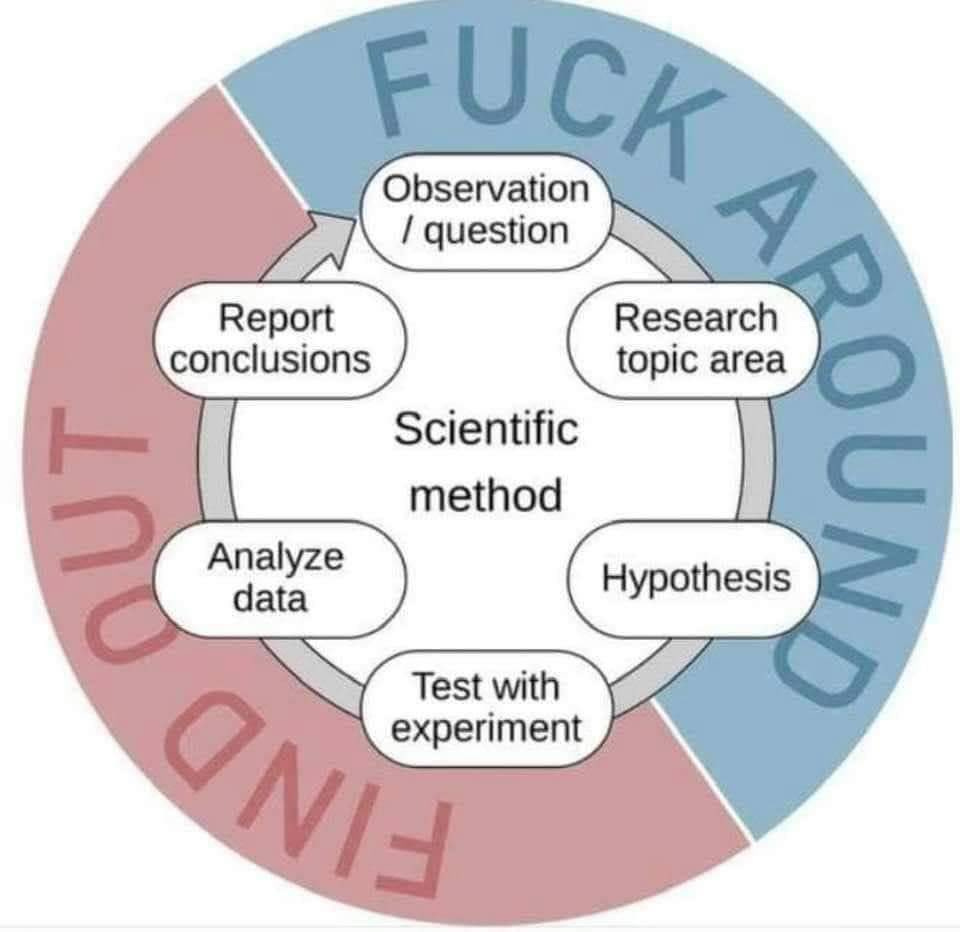Cybergrunge Sophism
For context, in ancient Greece, a “sophist” was a paid teacher of philosophy and rhetoric, associated with skepticism and reasoning. They were:
“itinerant intellectuals who taught courses in various subjects, speculated about the nature of language and culture, and employed rhetoric to achieve their purposes, generally to persuade or convince others.”
Per Wikipedia:
“In the present day, however, a sophist refers to someone who deliberately argues using fallacious arguments or reasoning, in order to mislead.”
Bummer.
Personal History
In the mid-90’s, a Gateway 2000 PC arrived in our family home with Windows 95, Dial-Up Networking, and a 28.8k modem.
As a teenager, I set about experimenting, learning how to access the original social media networks: Bulletin Board Systems.
Within months, I learned that there were “restricted” BBS’ for adults, which charged by the minute to connect. The charges piled up. Eventually, I abused my computer privileges and was grounded from Gifted & Talented summer camp.
Lesson learned: play with the internet, but fnck around, and eventually you’ll find out.
Ever since, I’ve been fascinated with using computer networks to connect to each other, forming quirky communities, and learning what others think, value, and - most especially - the reasons for their rhetoric.
This started with AOL, Compuserve, Usenet groups, and eventually web logs published by amateurs and professionals alike.
In high school and college, I spent two non-consecutive years doing tech support to feed an active eBay habit: buying laptop and desktop chassis to build Linux boxes. It taught me customer service skills, the importance of “magic words" (i.e. sir, ma’am, please, thank you, etc), and - critically - making sure stuff is plugged in first! When all else fails, powercycle (turn off/on) everything.
Around this time, I skipped a Tuesday morning comp sci class and then literally learned about 9/11 via AOL Instant Messenger “away messages.” My friends and fraternity brothers were freaking out over our proximity to nuclear-powered Oak Ridge and power-generating TVA as potential hard and soft targets of international terrorists.
This was my first real exposure to citizen journalism: normies reacting to current events by typing out their thoughts and feelings on a screen and posting them to the intrawebs.
Ever since AOL Instant Messenger and Napster, I've been an early adopter of peer-to-peer technology tools which either mimic or create an ecosystem and sense of community with “people like me”, but not necessarily near me.
Although its technology proponents had developed the protocol and stack since protests at the Republican National Convention in 2004, Twitter gained prominence amongst artists, musicians, and pre-iPhone influencers as a result of South by Southwest in Spring 2007, which is when I became a daily, active user.
I don't watch cable TV news and eventually curated a feed of 600+ accounts which didn't always agree with each other, but were interesting to me, and was a way to stay plugged into both ancient and modern-day sophism.
I’ve been repeatedly sharing this surveillance capitalism graphic by Shoshana Zuboff demonstrating the discovery of markets for behavioral surplus (i.e. attention), because at the end of 2022, Twitter drama revealed the business models of a lot of technology products: extractive processes have second and third-order impacts on users, our behaviors towards each other, and the environments we occupy as data citizens.
From 1995 to the mid-Aughts, my level of engagement with online communities, news consumption, and citizen journalism grew from Web 1.0 and evolved into Web 2.0; from AOL Instant Messenger to, eventually, Twitter.
Game Changer
As of November 2022, I blew up my Twitter account: I followed any and all accounts suggested by the algorithm, anonymized myself, and shielded whatever sporadic tweets to a limited audience, pointing and laughing.
Then, I joined the user exodus to the Fediverse, (a portmanteau of "federation" and "universe"), an open source collection of federated (i.e. interconnected) servers used for web publishing (e.g. social networking, microblogging, blogging, or websites). I rebuilt my information consumption practices on Mastodon.
Important context: during the 90's, waves of new college students would join Usenet, overwhelming the existing culture for online forums and the ability to enforce existing norms. From the early Usenet point of view, the influx of new users in September 1993 never ended: Eternal September was born.
After months of engagement, I think 99% of the users remaining on Twitter memory-holed how wonky, notoriously complicated, and jargon-y it was 15 years ago. Also, it’s the Napster Generation that is having the most profound user experience in the #TwitterMigration. History doesn’t repeat, but it does rhyme, and a similar phenomenon is playing out on Mastodon: Eternal November.
Users are resetting the expected norms and tolerances for desired human-computer interactions. From experience in the 90’s, it’s a character-building exercise that builds valuable psychosocial muscle memory and the story of human progress.
Because the Fediverse is open source (i.e. not commercial) the entire upper half of Zuboff’s graphic doesn’t apply.
The lack of industrialized mechanization at scale produces a radically different user experience. The wonky onboarding to instances and organic nature of interactions on Mastodon is a throwback to a 90’s cybergrunge vibe. It’s the way the information superhighway was supposed to be!
Users discussing neglected, highly-likely, and highly-impactful topics should be non-trivial and uncontroversial.
Years ago, I bought TWTR stock at $17, and later sold at $33, when I felt then-leadership didn’t grok the value and wasn't stewarding the product well. Over years, Twitter evolved to a product design which incentivized a complete lack of nuance, a side-effect resulting from an inherently information-dense medium, driven by a pre-iPhone paradigm of SMS messages constrained to less than 160 characters.
The RT was not an endorsement, it was usually a way to point and laugh: trollsmanship.
Antifragile Communities
Two communities auto-generate content and material on social media: comedians and sports fans.
Curative comedy is healing. It means acknowledging, pointing, and laughing at some underlying trauma or tragedy, gaining power over it.
Being able to construct a premise, set-up, and punchline is a process that requires emotional resilience.
Sports are inherently tribal and war-like social functions. They are the diplomacy of community, city, state, and national politics minus the violence.
The opponent - familiar rival or unknown stranger - represents “the other” or an out-group to the tribe. Sports are partisanship with fiberglass and nylon.
Sportsmanship and trollsmanship share characteristics: like roasting or trash-talk. The objective is to entertain: producing joy for the tribe and sorrow with a knowing smile for the out-group.
Twitter’s product design excelled for both comedy and tribalism.
Comedy is curative when it recognizes power dynamics. Sports fans are most human when they recognize it’s just a game.
A critical aspect of societal leadership is demonstrating humanity, including the ability to be self-deprecating.
Comedy and sports fandom are both examples of antifragile social functions which present an opportunity for leadership: they get stronger by exposure to contravening elements (mechanically serious people and opposing fanbases).
A lack of effective leadership at all levels (interpersonal, family, neighborhood, community, city, state, nation, market, global) has revealed cracks in everything.
Going forward, for better or worse, sophist leadership in the distributed cybergrunge gemba must be inspired by skepticism and reasoning, delivering over-communication, transparency and interpersonal bravery.
This will mean identifying emotions, conflicts, and displaying vulnerability. It will also provoke strong reactions.
Get ready. It smells like teen spirit.





